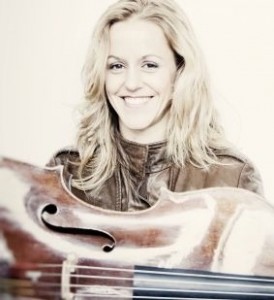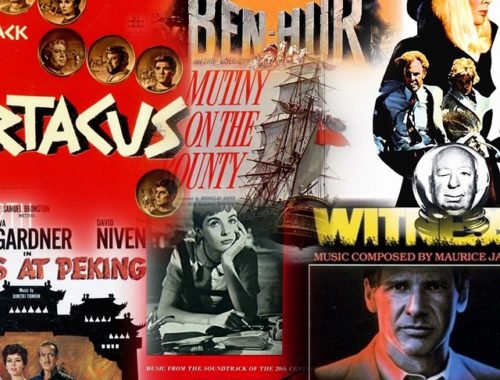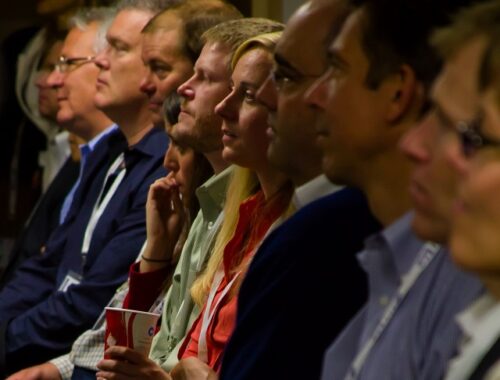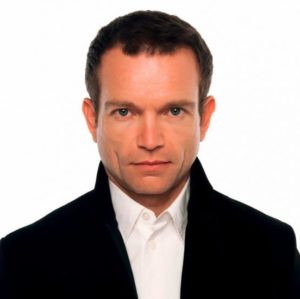Philharmonia Orchestra, Gabetta, Ashkenazy, Royal Festival Hall (Review)
 Death comes in many guises but in this ingeniously devised Philharmonia concert he most definitely did not have the last laugh. That was for Shostakovich and a curiously ticking time bomb of percussion which first surfaced in his Fourth Symphony when Stalin branded him a renegade but which later became a kind of defiant titter trailing to eternity in his Fifteenth and last Symphony.
Death comes in many guises but in this ingeniously devised Philharmonia concert he most definitely did not have the last laugh. That was for Shostakovich and a curiously ticking time bomb of percussion which first surfaced in his Fourth Symphony when Stalin branded him a renegade but which later became a kind of defiant titter trailing to eternity in his Fifteenth and last Symphony.
That piece – oblique and puzzling but extraordinarily lucid, too – might be regarded as the apotheosis of his most powerful weapon in life – and death – irony. It begins in the nursery like a second childhood spoofing up Rossini’s Lone Ranger, William Tell, before processing through the valley of the shadow of death where trombone orations portend Wagner and the “Tristan chord” is no longer indeterminate. This marvelous work’s mixed messages would surely have infuriated Stalin and his ilk and you could tell that Vladimir Ashkenazy took particular delight in pointing up its parodies and rejoicing in its majestic sense of self. The Philharmonia brass were especially splendid in that regard proudly carrying its two momentous climaxes towards that strangely beautiful but unlikely peroration. A loneliness prevails and in the privacy of the solo cello’s musings in the slow movement we glimpse as ever the real Shostakovich.
Those solos seemed to have been carried forward from the unanswered question – the suspended bow stroke – in the final bar of the Second Cello Concerto. We don’t hear this remarkable piece nearly often enough and the Argentinian cellist Sol Gabetta made as strong a case for it as I have ever heard. From the weary old voice of the opening lamentation (how chillingly she belied her hot-blooded Latin American roots) to that heart-easing ritornello of the finale – the only real light in the piece – hers was a reading of the wildest extremes. Some of her pianissimi barely grazed the ear while everything in fortissimo, not least in pizzicati, was ferocious in its attack; elemental. How she relished those grimly confrontational duets with bass drum and tambourine and how the scherzo’s dogged dance of death finally assumed an almost demonic jubilation. This was what I call truly inhabiting a piece – she was right inside its head and heart. A quite sensational showing. And a relief then to have her and the two first desks of the cellos recall Pablo Casals with his “Song of the Birds”. Suddenly the air in the hall moved differently.
The evening had begun with a nod to the Britten Centenary and Steuart Bedford’s highly effective symphonic synthesis of orchestral music from the composer’s late masterpiece Death in Venice. The kinship with Shostakovich was, of course, potent and unmistakable, the spareness of the orchestration and richness of evocation carrying us through Gabirelli-like fanfares (redolence there of the archaic horn fanfaring in the concerto) to playful and sensuous Gamelan percussion echoing the other-worldly tuned percussion of the symphony. And is there a more moving example of Britten’s genius than that great lamenting sunset as Aschenbach expires, his last breath seemingly suspended in the harmonic heat-haze of the last bar?
A Conversation With RENÉE FLEMING
You May Also Like

GRAMOPHONE: From Where I Sit – September 2019
12/09/2019
GRAMOPHONE: From Where I Sit – January 2021
27/01/2021